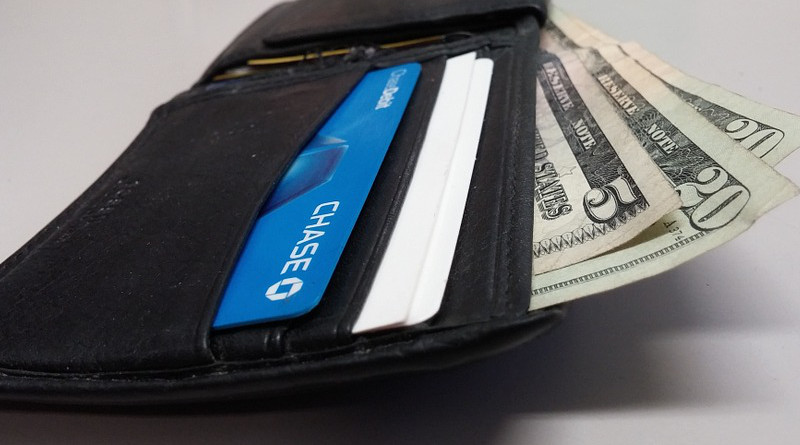On Inflation And Retail Sales – OpEd
By Dean Baker
November retail sales were reported as increasing by 0.3 percent from the October level. This was considerably lower than expected and (predictably) reported as bad news for Biden. But for those of us who don’t get paid to tell people how everything is bad news for Biden, there is actually a very interesting story in the November data.
First, it is important to recognize that the November 0.3 growth number follows an extraordinarily rapid 1.8 percent growth number (revised up from 1.7 percent) reported for October. Retail sales data have a large amount of error, so it is entirely possible that the October figure was overstated by 0.4-0.6 percentage points, which would mean that the November growth figure was understated by the same amount. In any case, the November retail sales figure is 2.1 percent higher than September number, which is strong growth in anyone’s book.
But there is another aspect to this story which has been almost completely overlooked by the media. One of the issues in the debate over whether inflation would be transitory or persistent is whether people would be spending the money they banked during the recession. This money includes the various pandemic payments ($1,200 per person in 2020 and $2,000 per person this year), as well as the money saved from not going to restaurants and movies, or taking vacations.
The folks arguing that inflation would be persistent have insisted that people would spend this money once the economy opened up more. The transitory folks have argued that much of this money would be saved, meaning that we have less reason to fear excess demand pushing inflation higher.
Thus far, the data have supported the transitory argument. The saving rate for October, the most recent month for which data are available, was 7.3 percent. This is just about the average for the three years prior to the pandemic. If people are spending the money banked in the pandemic, we should expect the saving rate to be far below its pre-pandemic level.
The weaker than expected retail sales number for November means that the relatively high savings rate is continuing. In other words, people are still not spending the money banked in the pandemic. This means that we have less reason to fear excess demand driving inflation.
Given how inflation obsessed the media has been in recent months, it is sort of amazing that this point has largely been missed in discussing the November data. I will add my usual caveats. This is just one month’s data and there is considerable measurement error in the series, but based on what we saw yesterday, Team Transitory scored a big point.
One last item, the weaker than expected November sales were not in any obvious way connected to the spread of the pandemic. Restaurant sales were 1.0 percent higher in November than October and 37.4 percent above their year ago level. If fear of the pandemic is not having a huge impact on restaurants, it is hard to believe that it is affecting many other sectors in a big way.
This column originally appeared on Dean Baker’s Beat the Press blog.

